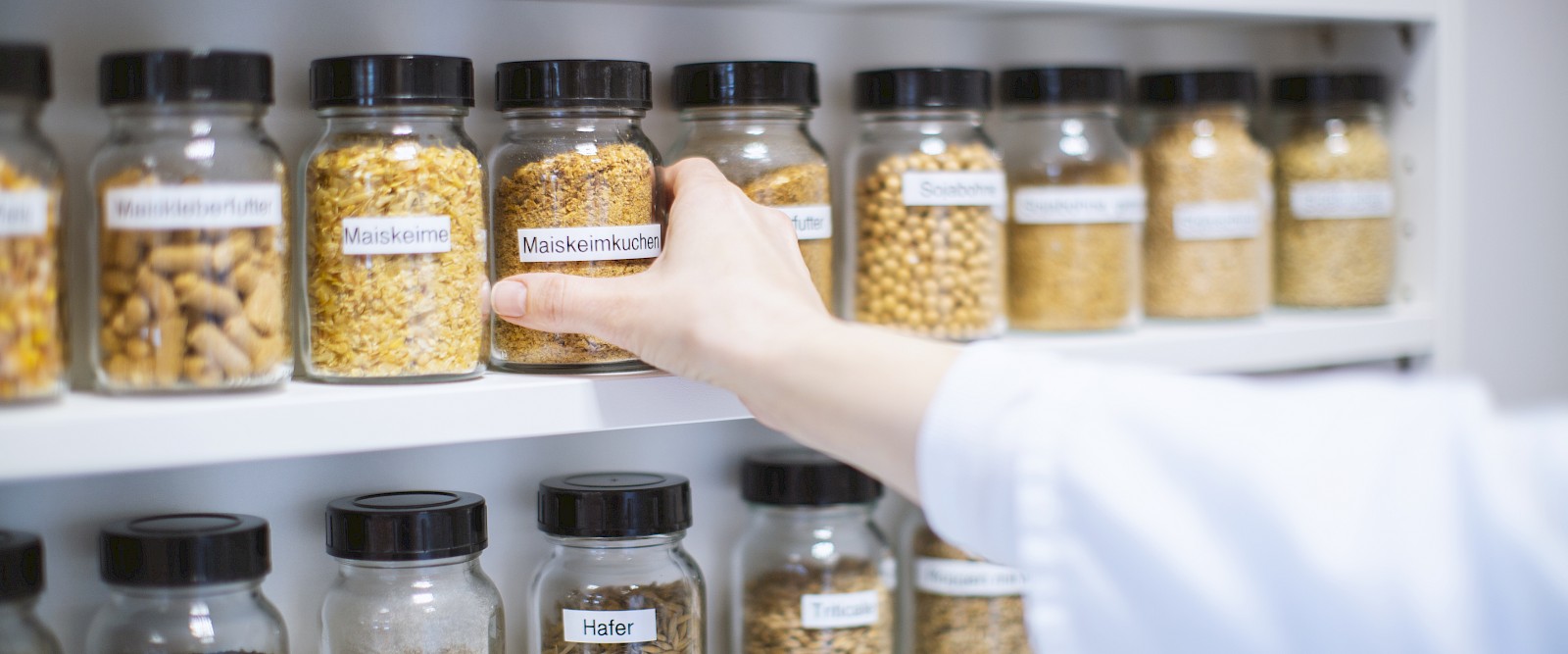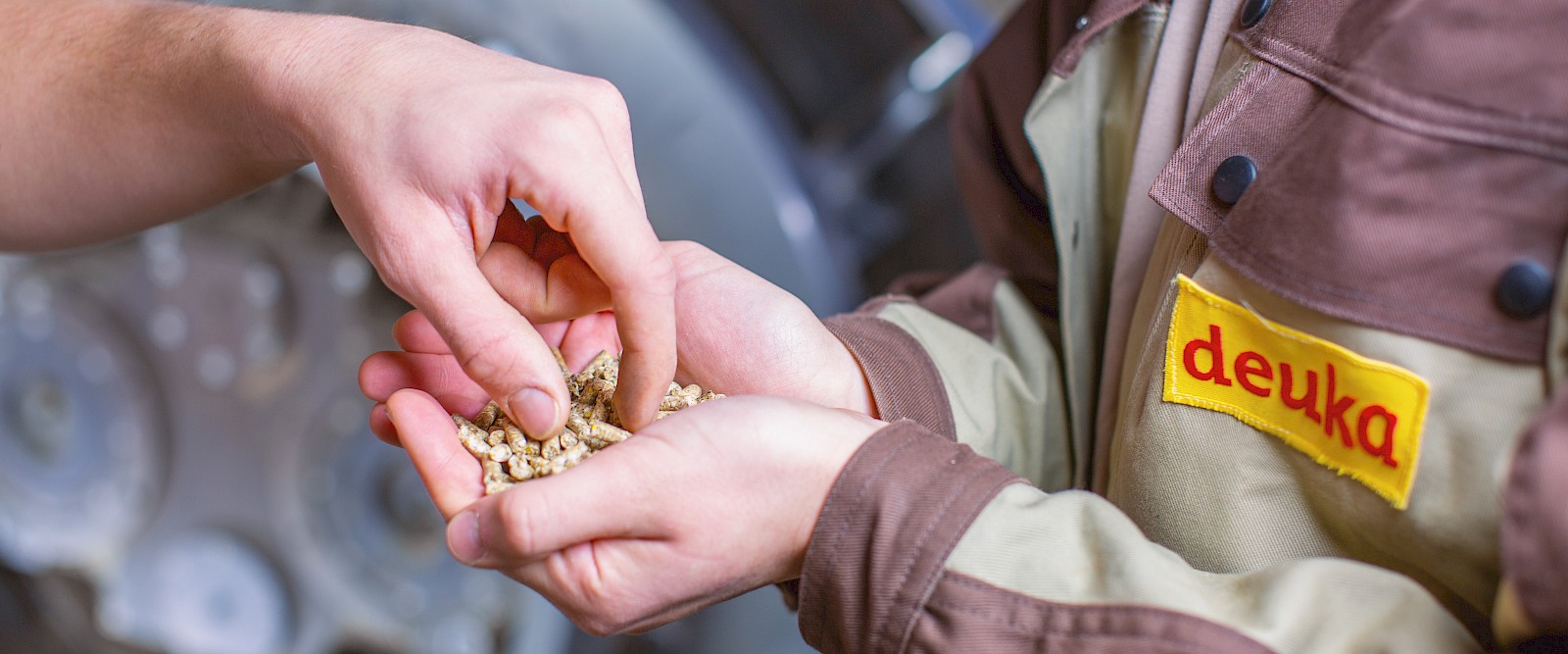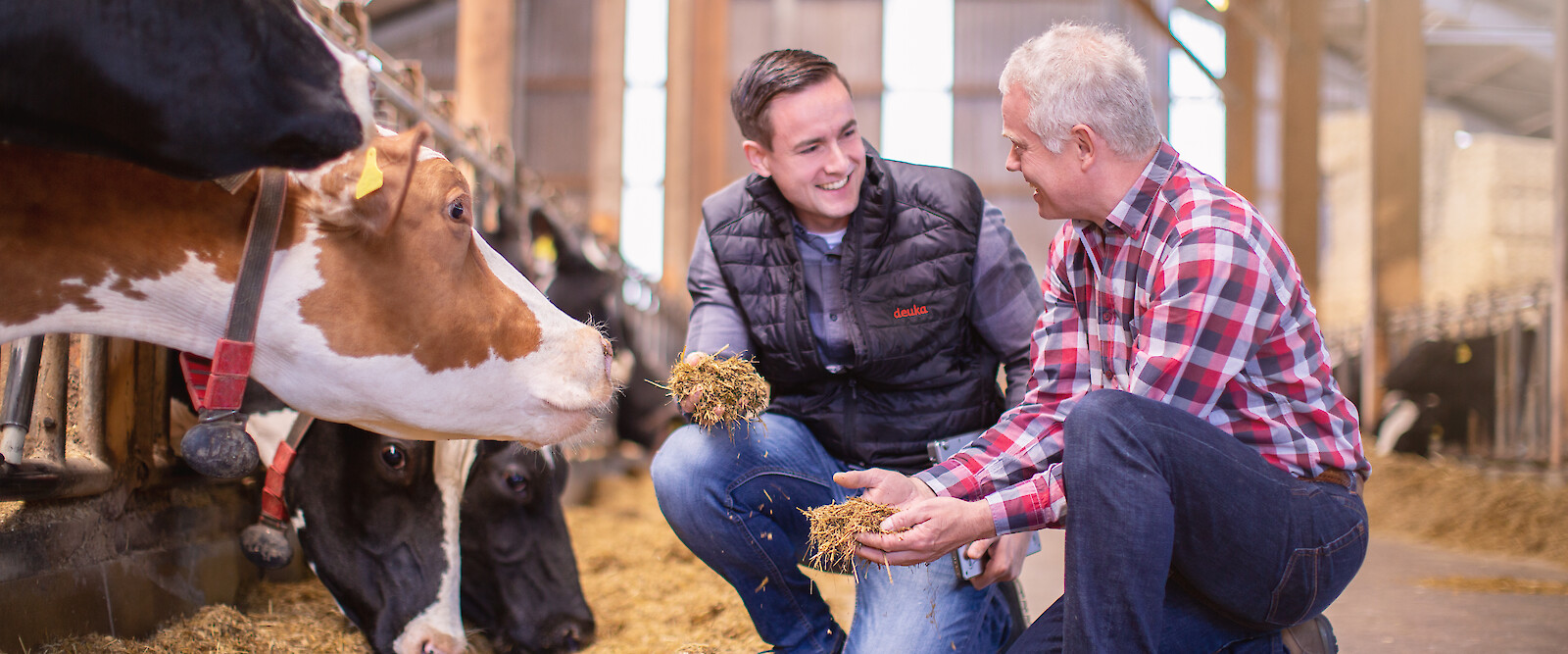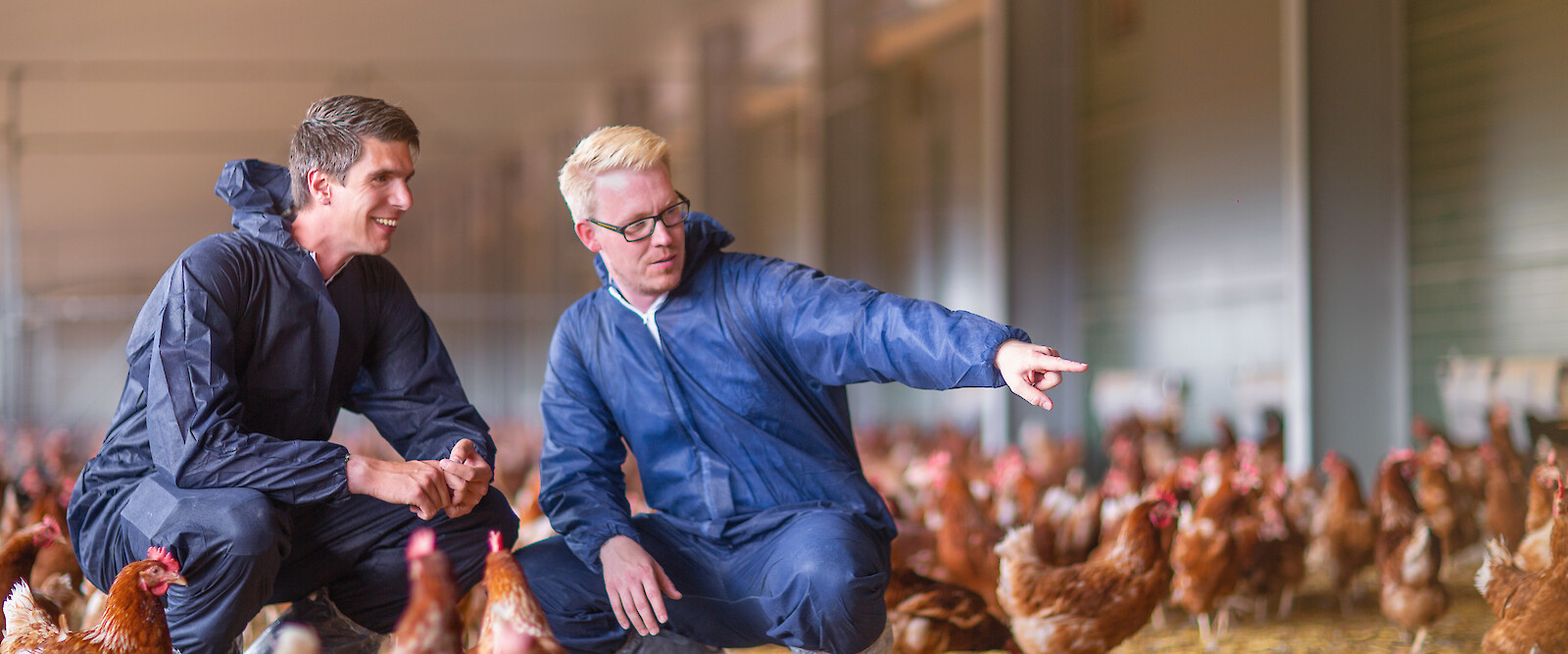Raw material and nutrient lexicon
Weitere Einträge
Brewer's grains
By-product of beer brewing. Malting barley or wheat is cleaned in the malting plant and brought to germination by soaking in water and suitable storage conditions. The germ (in the case ofwheatalso the leaf germ) breaks through the fruit husk and after seven to nine days is about one and a half times as long as the grain. The so-called green malt is now dried on kilns and roasted to a greater or lesser extent. This produces the kilned malt, from which the germs (the so-called malt germs) are separated in a malt cleaning machine. The crushed kilned malt is put into mash pans with warm water and thestarchis almost completely converted into maltose and water-soluble dextrins under the influence of amylases (starch-splitting enzymes). After the mashing process is completed, the resulting sweet wort is separated from the water-insoluble residues, the spent grains, in filter presses. These spent grains are then dried in a subsequent process. Brewer's grains are characterised by high contents ofcrude fibre(approx. 15 %),crude protein(approx. 27 %) and various non-starch polysaccharides such as hemicelluloses. In animal nutrition, brewer's grains are mainly used in feeds for ruminants(cows, cattle) due to their nutrient content. However, the specific use requires a precise analysis of the nutrient contents, as these are subject to fluctuations depending on the origin of the brewer's grains.
Brewer's grains |
|
Ingredients |
Content
|
|
Dry matter, g/kg |
900,00 |
|
Crude protein, g/kg |
233,00 |
|
Lysine, g/kg |
7,90 |
|
Methionine, g/kg |
4,30 |
|
Methionine |
9,10 |
|
Threonine, g/kg |
8,20 |
|
Tryptophan, g/kg |
2,80 |
|
UDP,%of |
35,00 |
|
nXP, g/kg |
174,75 |
|
RNB, g/kg |
9,30 |
|
Crude fibre, g/kg |
153,00 |
|
Crude fat, g/kg |
77,00 |
|
Sugar, g/kg |
11,00 |
|
Starch, g/kg |
38,00 |
|
Starch resistance |
10,00 |
|
resistant starch |
3,80 |
|
NDForg, g/kg |
513,00 |
|
ADForg, g/kg |
229,50 |
|
NFC, g/kg |
22,50 |
|
Structural value |
0,77 |
|
Crude ash, g/kg |
43,20 |
|
ME, MJ/kg |
8,50 |
|
ME, MJ/kg |
k. A. |
|
ME, MJ/kg |
9,51 |
|
NEL, MJ/kg |
5,49 |
|
Calcium, g/kg |
3,10 |
|
Phosphorus, g/kg |
5,50 |
|
digestible phosphorus |
1,93 |
|
Sodium, g/kg |
0,30 |
Sources: DLG feed value tables for pigs; DLG feed value tables for ruminants; Rechenmeister 2000 (Landwirtschaftskammer Westfalen-Lippe); CVB Veevoedertabel; DLG-Information 2/2001 Structure and carbohydrate supply of the dairy cow






